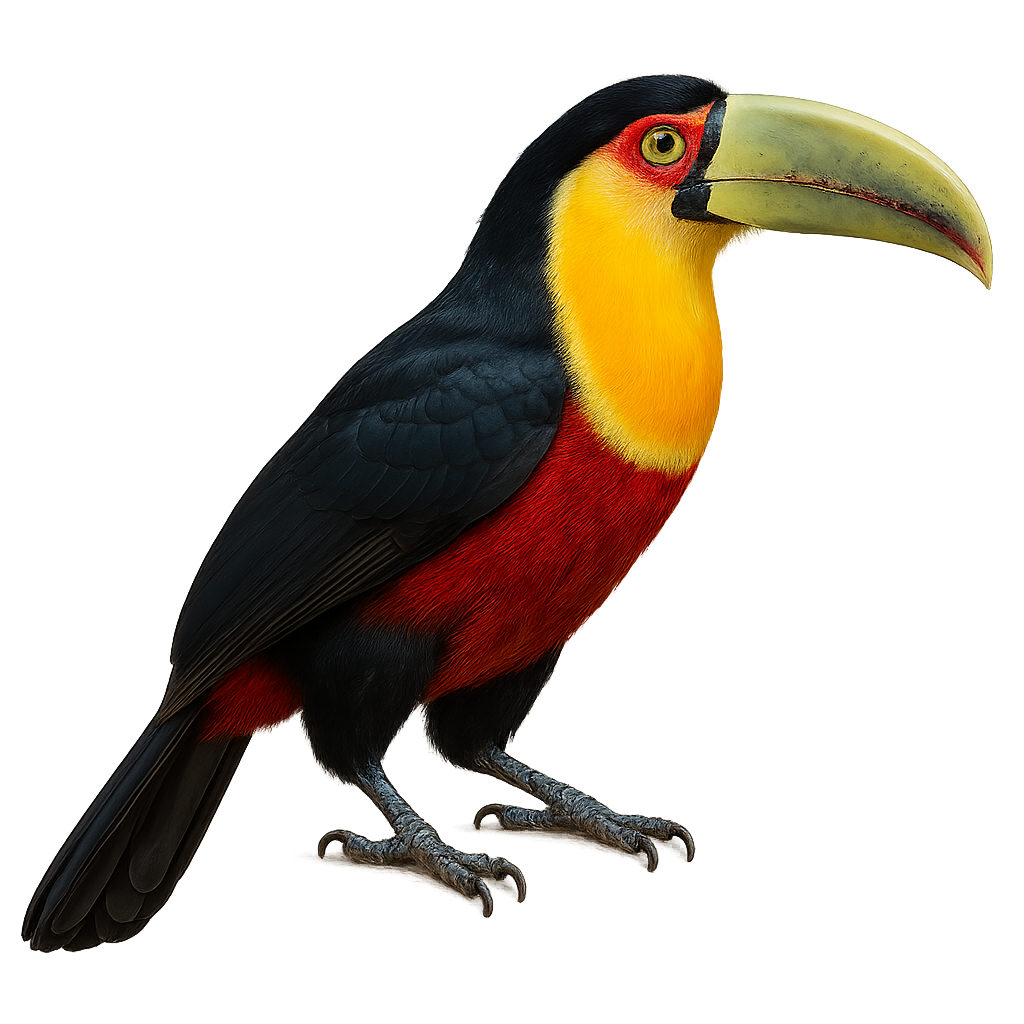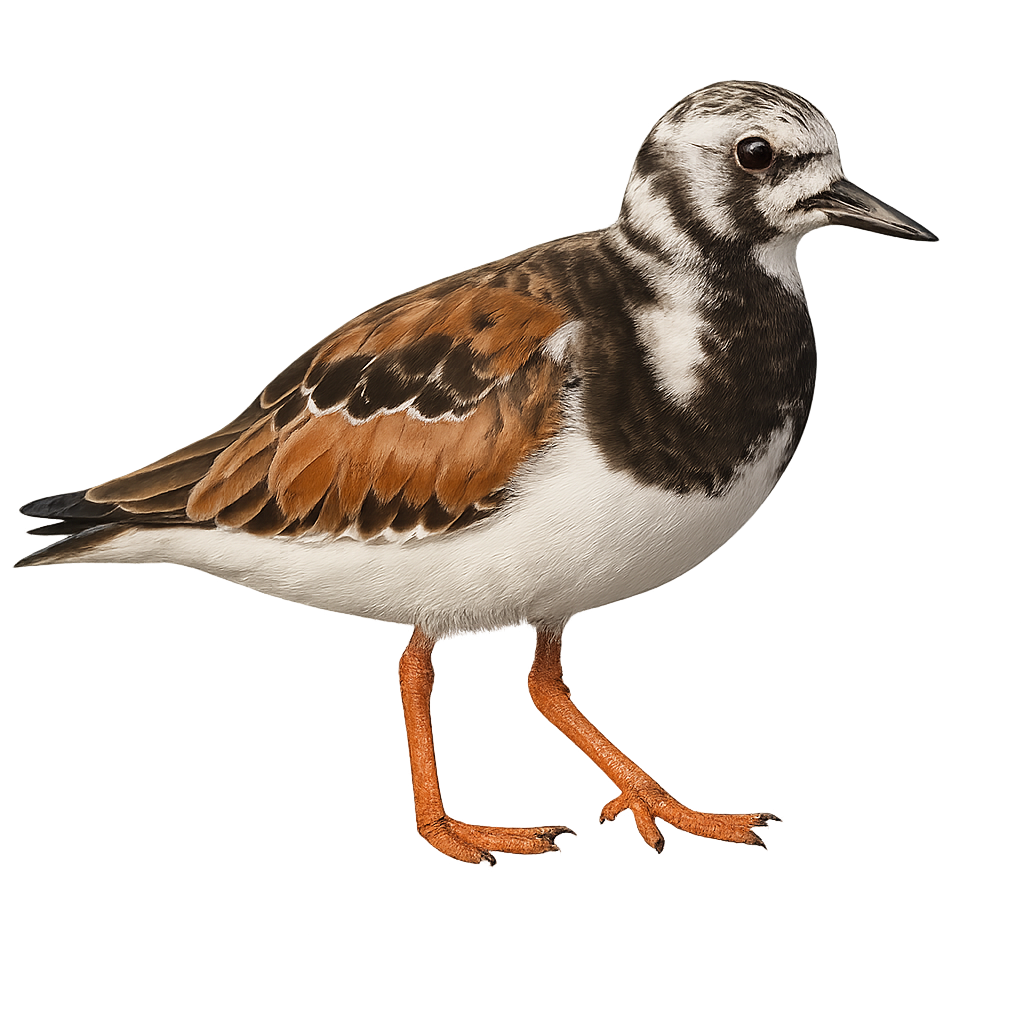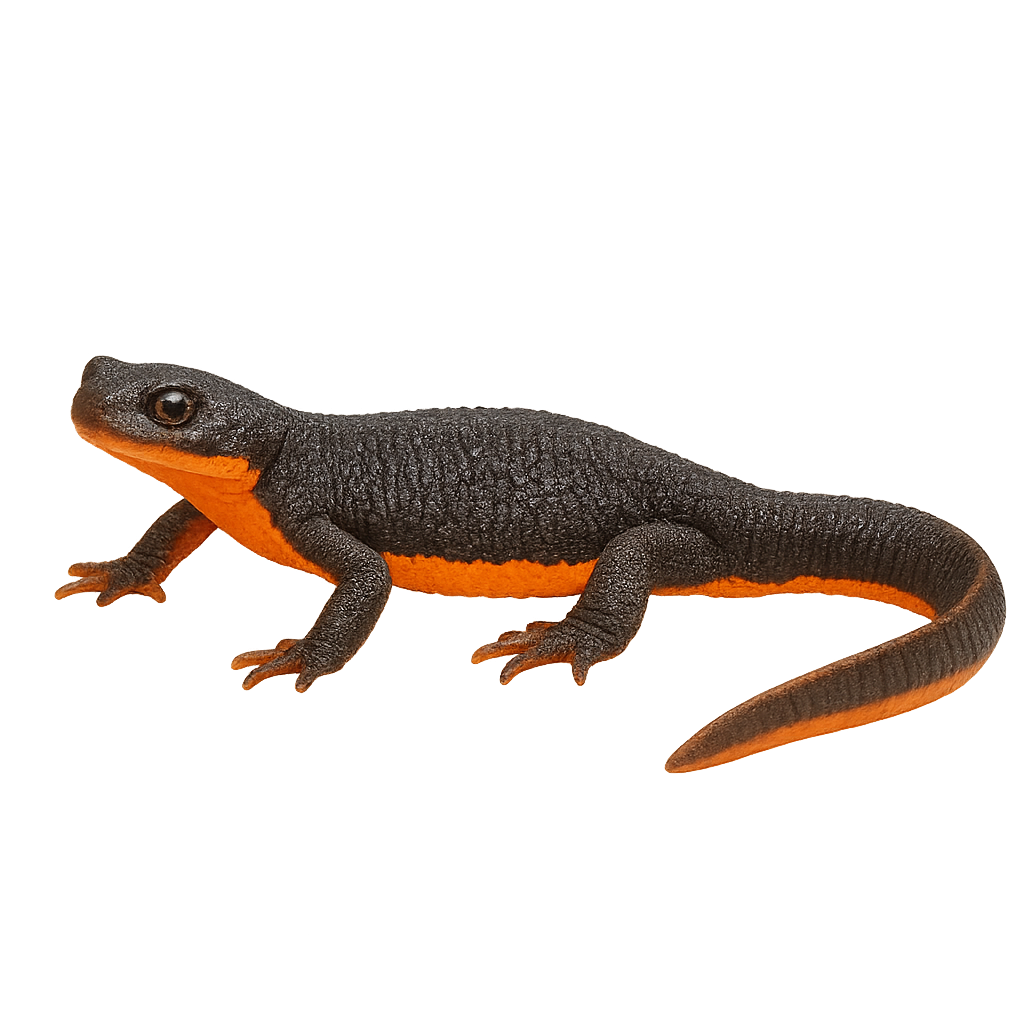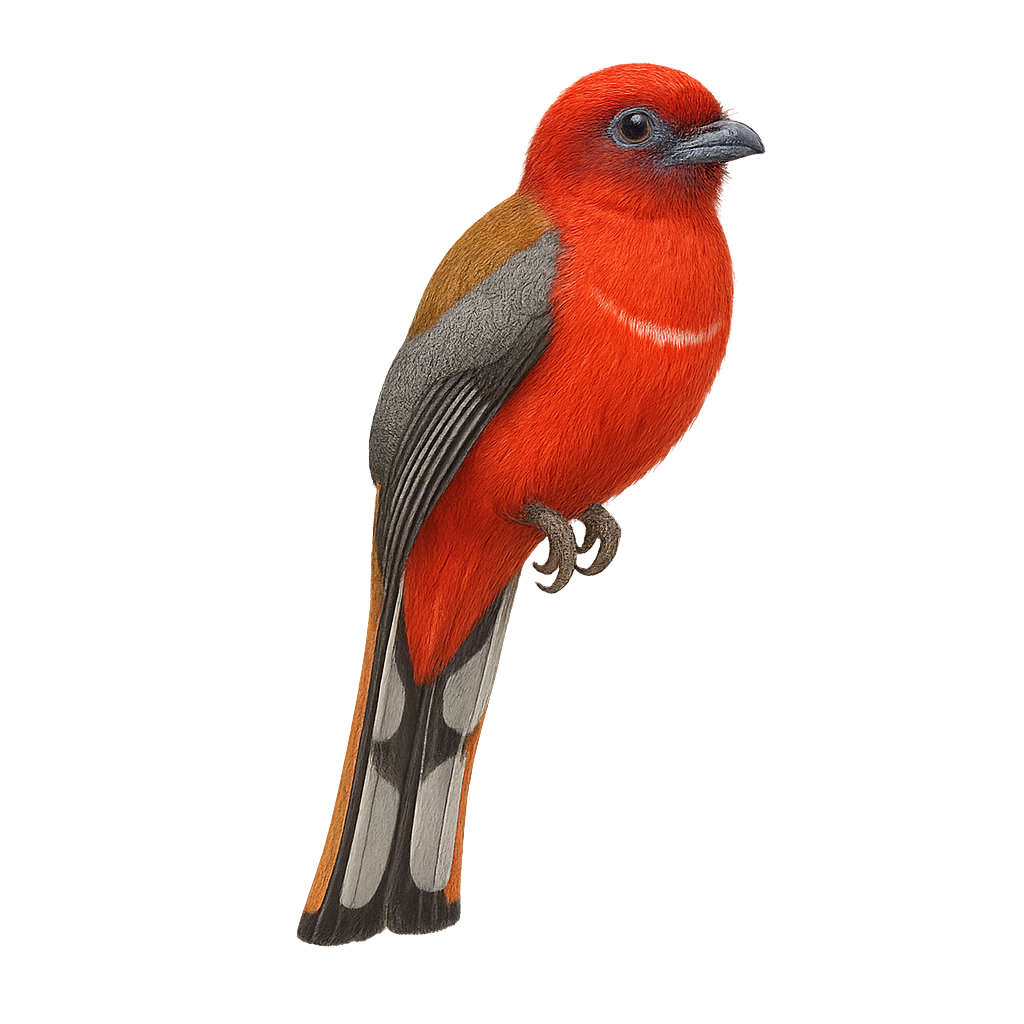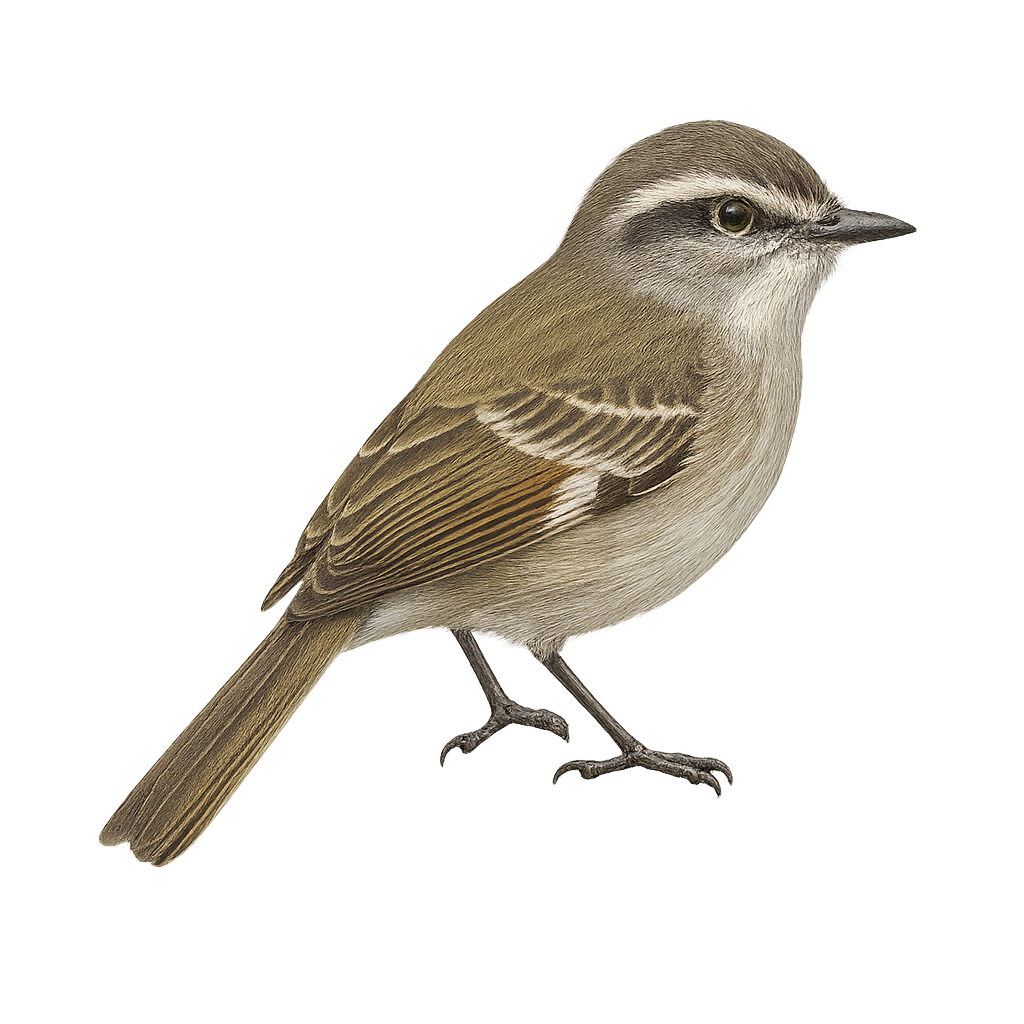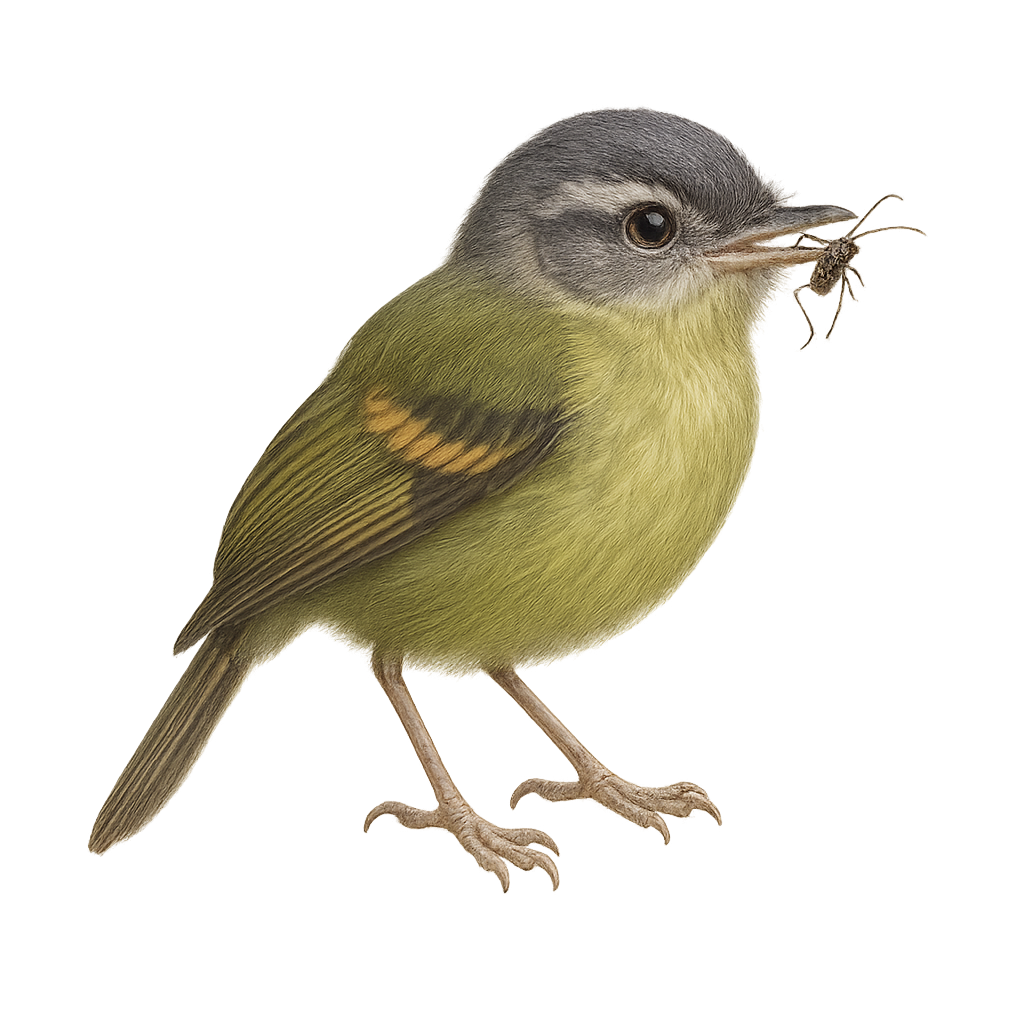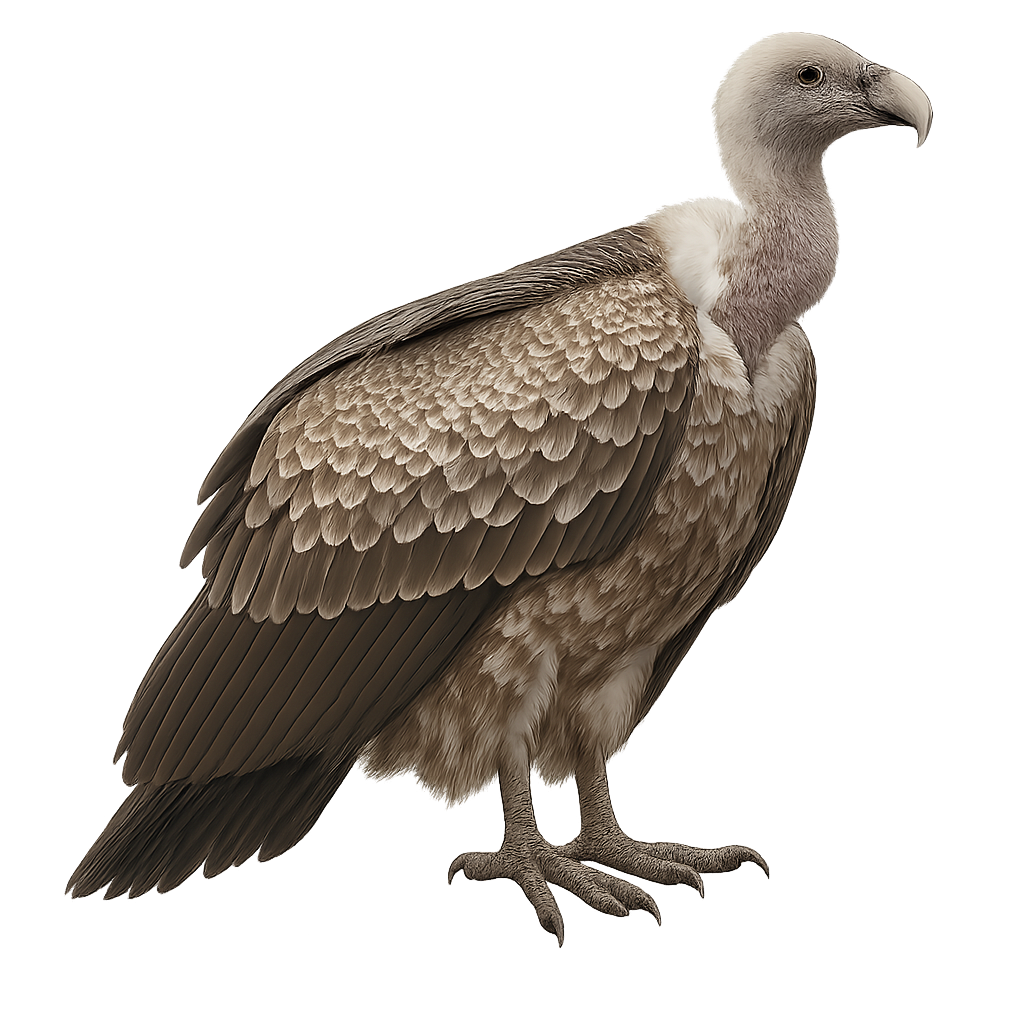Your wildlife tracking tool..
Browse 2,846species by country, track observations, and plan your photo outings.
Your global reference for wildlife photography
WildlifePhotographer gives you access to over 2,846 wildlife species sheets to help you identify, understand, and photograph wildlife around the world. Mammals, birds, reptiles… each sheet provides key information: habitat, activity, life cycle, signs of presence, and tailored photo tips.
Our database grows every week with new iconic species. To go further, access maps, reminders, logs, and personalized statistics in the app — designed to meet the real needs of wildlife photographers in the field.
Red-breasted Toucan
Ramphastos dicolorus
The Red-breasted Toucan, or Ramphastos dicolorus, is a colorful bird native to the tropical forests of South America. It is known for its vibrant plumage, featuring a bright red breast, green back, and multicolored bill. Measuring about 40 to 46 cm in length, it is a prominent member of the Ramphastidae family. This toucan is primarily frugivorous but also feeds on insects and small vertebrates. It plays a crucial role in seed dispersal, aiding forest regeneration. Social in nature, it often lives in small groups and uses its bill skillfully to handle fruits. Although its habitat is threatened by deforestation, it is currently classified as "least concern" by the IUCN.
Ruddy turnstone
Arenaria interpres
The Ruddy Turnstone is a small migratory bird primarily found on rocky and sandy coastal areas in Europe, Asia, and North America. It typically measures about 22 cm in length and weighs between 60 and 100 g. Its plumage is characterized by earthy colors, with black, brown, and white patches, and a distinctive black band around the neck, which gives it its name. The Ruddy Turnstone primarily feeds on small invertebrates found by probing rocks and beaches, such as crustaceans, mollusks, and worms. It is an excellent migrant, traveling long distances between its breeding sites in Europe and its wintering grounds in Africa and Asia. While its population remains stable in some areas, it is threatened by the loss of its coastal habitat due to urbanization and pollution.
Rough-skinned Newt
Taricha granulosa
The Rough-skinned Newt, or Taricha granulosa, is a species of salamander found along the Pacific coast of North America. It is easily identified by its rough, grainy skin and dark brown coloration, with a bright orange underside. This newt is particularly famous for its potent toxin, tetrodotoxin, which deters predators. Typically measuring between 12 and 22 cm, it inhabits moist forests, streams, and ponds. During the breeding season, it migrates to still waters to lay eggs. Despite its toxicity, it plays a crucial role in the ecosystem by controlling aquatic insect populations.
Red-headed Trogon
Harpactes erythrocephalus
The Red-headed Trogon, Harpactes erythrocephalus, is a striking bird known for its vibrant plumage and elusive presence in the dense forests of Southeast Asia. This trogon is characterized by its bright red head, brown back, and yellow belly. Males display more vivid colors than females, which have a duller hue. They primarily inhabit tropical rainforests, feeding on insects and fruits. Their flight is swift and direct, but they spend most of their time perched motionless on branches, blending into the foliage. Their song is soft and melodious, often heard before they are seen.
Rufous-winged Tyrannulet
Mecocerculus calopterus
The Rufous-winged Tyrannulet, or Mecocerculus calopterus, is a small bird from the Tyrannidae family, primarily found in the humid forests of the Andes. It is characterized by its rufous wings and olive-gray plumage. Measuring about 12 cm, it is agile and often seen moving quickly through foliage in search of insects. Its song is a soft, repetitive trill, often heard before it is seen. This tyrannulet is a diurnal bird, active mainly in the morning and late afternoon. It is usually solitary or found in small family groups. Although relatively common in its habitat, it remains discreet and difficult to observe closely.
Restinga Tyrannulet
Phylloscartes kronei
The Restinga Tyrannulet, or Phylloscartes kronei, is a small passerine bird endemic to Brazil, primarily found in the coastal forests of the Restinga region. This discreet bird is characterized by its olive-green plumage and white wing markings. It is often seen foraging for insects in dense foliage, moving nimbly from branch to branch. Although not very shy, it remains difficult to spot due to its dense habitat and small size. Preserving its natural habitat is crucial for its survival, as it is threatened by deforestation and increasing urbanization.
Restinga Tyrannulet
Pogonotriccus poecilotis
The Restinga Tyrannulet, or Pogonotriccus poecilotis, is a small passerine bird belonging to the Tyrannidae family. It is primarily found in the subtropical and tropical moist forests of southeastern Brazil. This bird is characterized by its striped black and white head, olive-green back, and pale yellow belly. It is often seen foraging for insects in dense foliage, moving with agility and speed. Although discreet, its melodious and repetitive song can be heard throughout the canopy. The Restinga Tyrannulet is not very shy, making it easier for birdwatchers to observe.
Rüppell's vulture
Gyps rueppelli
The Rüppell's vulture is a large carrion-feeding raptor, 85–95 cm tall with a wingspan of 230–265 cm, featuring dark brown plumage and a pale bare head. It inhabits mountain cliffs and savannas of East and Central Africa, feeding mainly on large mammal carcasses. During breeding, it nests in dense colonies on cliff ledges, and pairs sometimes perform group display flights above their nests.


